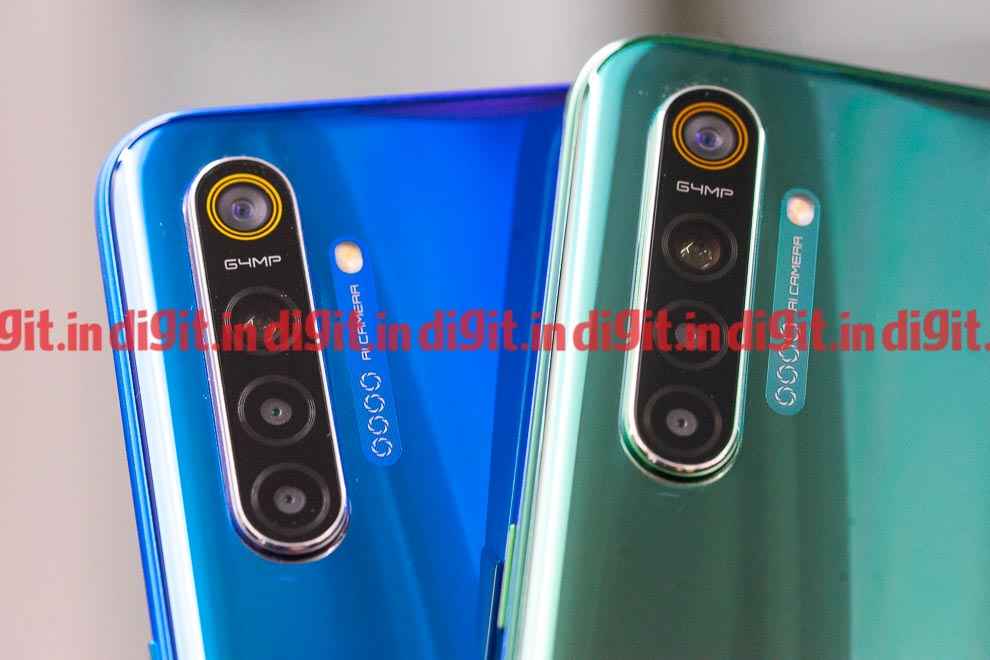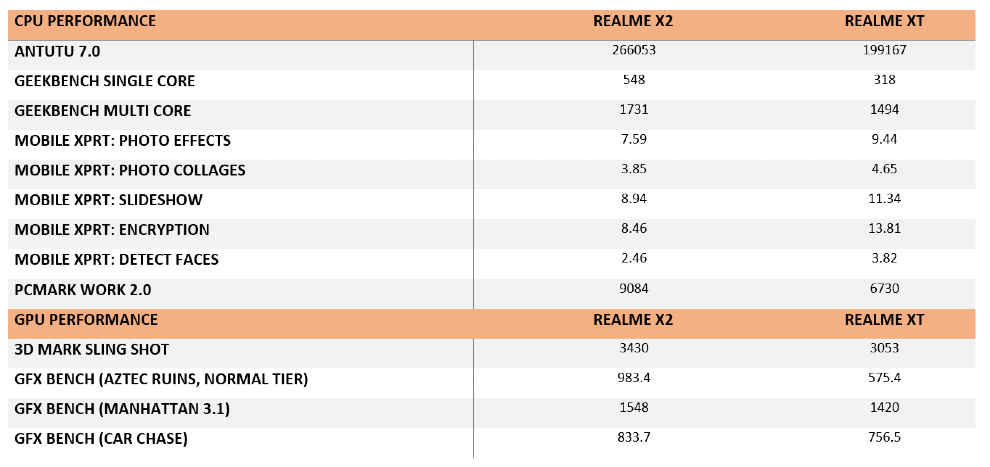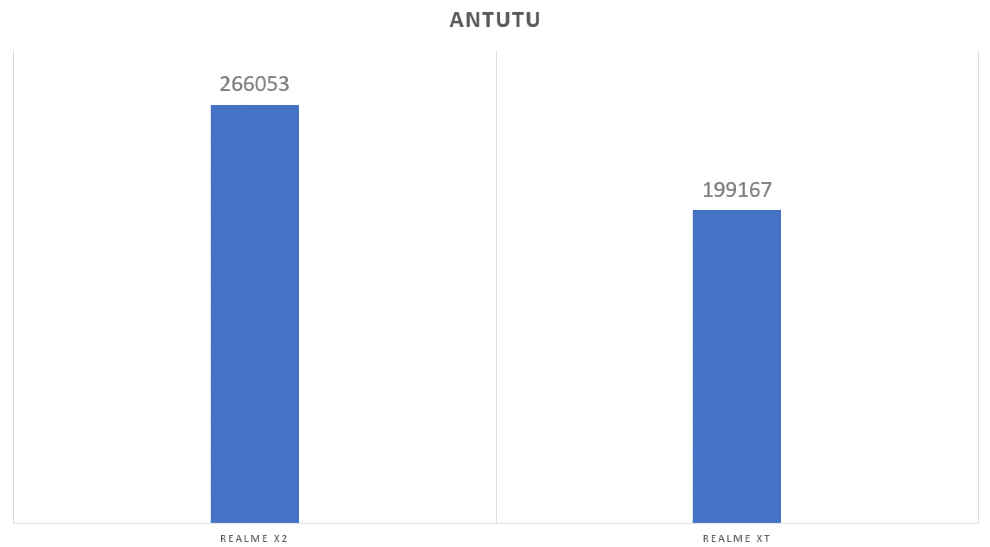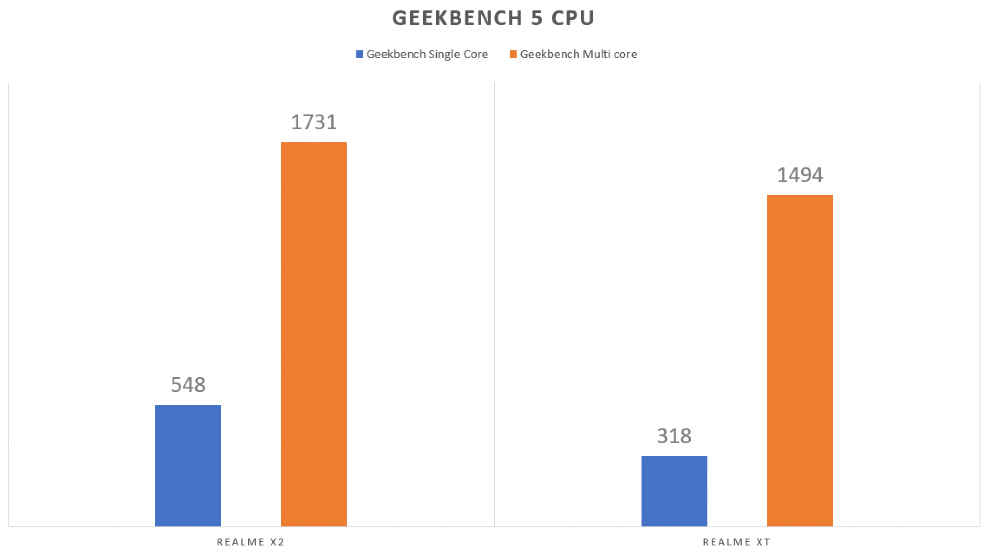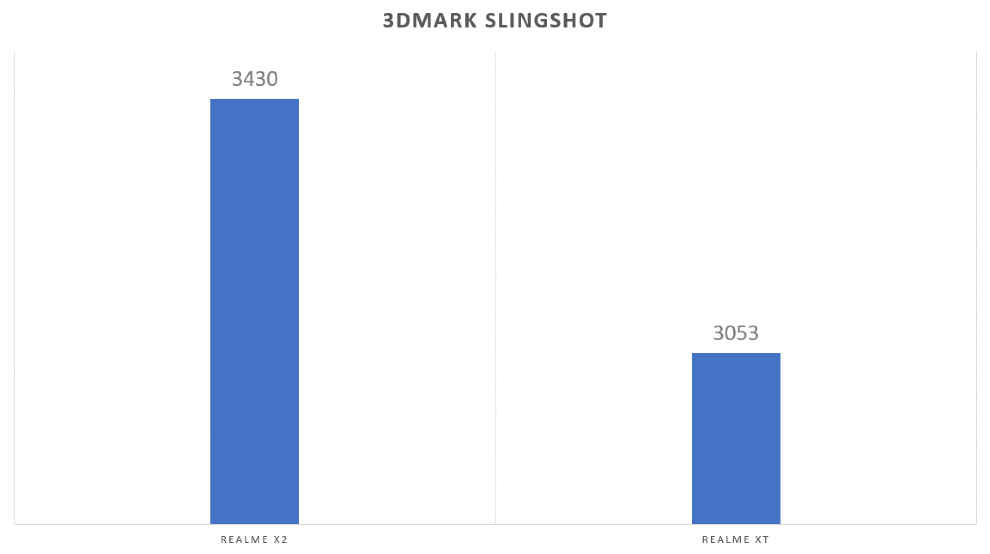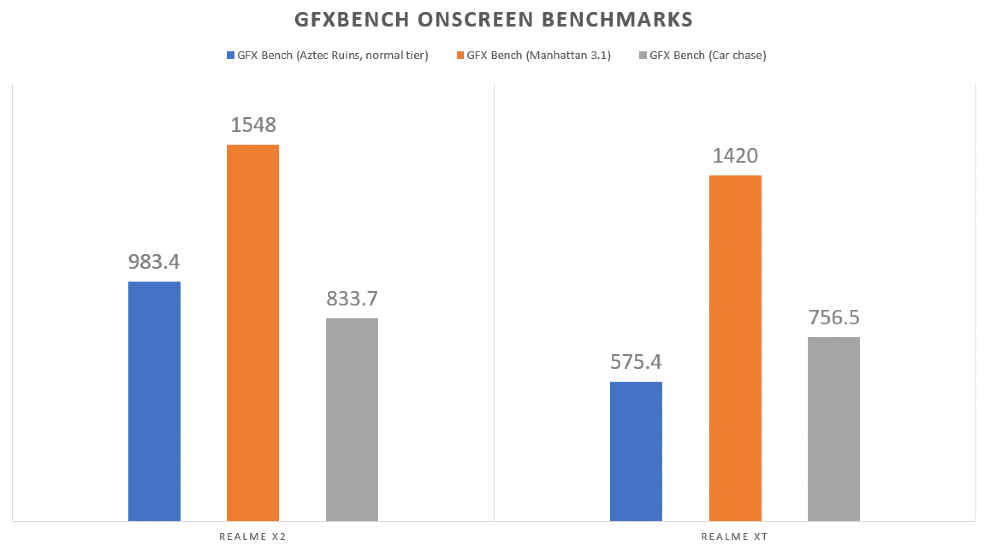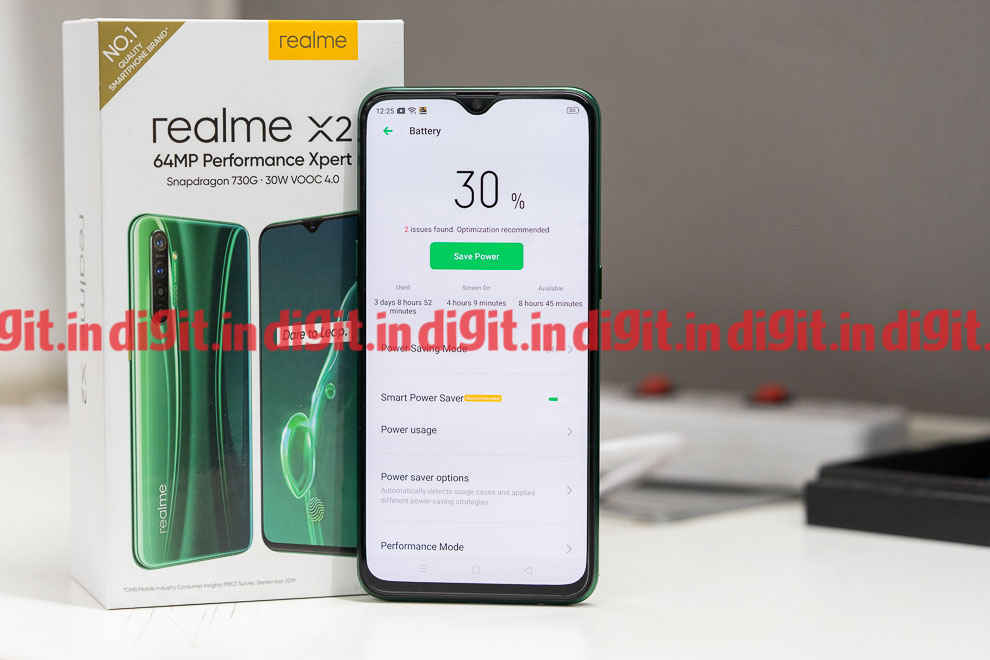Realme X2: Does Snapdragon 730G make much of a difference?
Realme X2 launched today in India as an upgrade over the Realme XT.
The Realme X2 is powered by the Snapdragon 730G as opposed to the Snapdragon 712 on the Realme XT.
Just how big of a difference does the new SoC make? We find out.
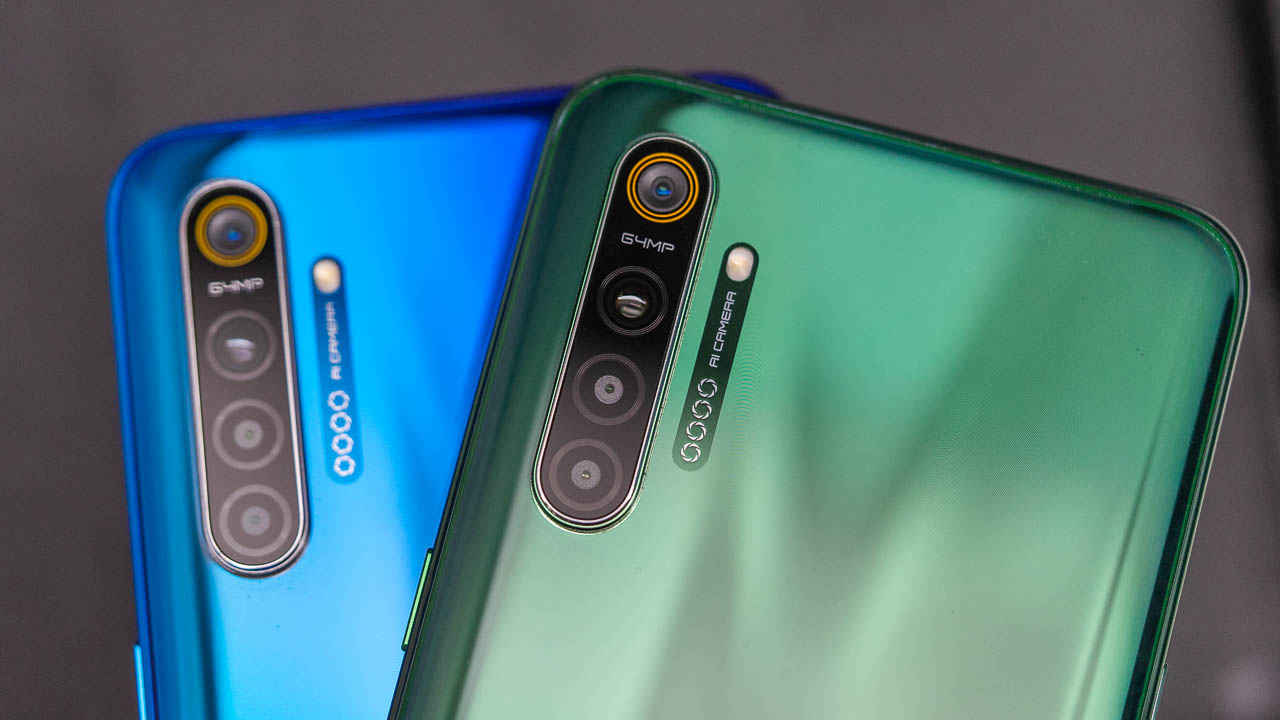
The Realme XT that launched just before the festive season with a 64MP quad camera lost out to the competition such as the Redmi Note 8 Pro and the Redmi K20, in terms of performance. That’s primarily because Realme decided to stick to the Snapdragon 712 SoC offering the same grade of performance as the Realme 5 Pro. To be fair, both the Realme 5 Pro and the Realme XT were priced close to each other, and expecting similar performance was not unrealistic.
 Survey
SurveyHowever, thanks to the cut-throat competition in the Indian smartphone market, iterating the same processor in two phones launched back to back is seen as a sign of weakness. Naturally, Realme had to do something about it. Behold, the Realme X2. It’s essentially the same smartphone as the Realme XT, infused with extra performance juice from the Snapdragon 730G.
Apart from that, the only things new in the Realme X2 are 30W VOOC 4.0 Flash Charge, and a larger 32MP selfie camera. Yet, when you upgrade the processor, there are improvements across the board. In the CPU, GPU, image processing and the speed at which AI applications like face unlock and scene recognition work. Before we get on to just how fast the Snapdragon 730G make the phone run, here’s what the premium mid-range chip brings to the table.
Why the Snapdragon 730G?
The Snapdragon 730G is the most powerful mid-range chipset Qualcomm launched this year, succeeded only by the new Snapdragon 765G that will hit markets later next year. The Realme X2 is also the most affordable smartphone powered by the Snapdragon 730G, followed by the Oppo Reno2 and the Samsung Galaxy A80, both of which are priced above Rs 30,000. So you essentially get the performance equal to high-end smartphones at a price much less. But what really makes the Snapdragon 730G the chipset to have, is its gaming capabilities. The G in the name stands for gaming, and the most important upgrade that makes it a gaming-centric chip is the overclocked Adreno 618 GPU. Qualcomm claims there’s a 15 percent boost in performance over the regular Snapdragon 730 because of it. How does it help you? For one, you can play games in HDR, have the jank reducer deliver smoother frames and stay on the right side with in-built anti-cheating algorithms.
And as compared to the Snapdragon 712, the Snapdragon 730G is almost a generational upgrade. You get newer, more powerful Kryo 470 Gold cores clocked at 2.2GHz and Kryo 470 Silver cores clocked at 1.8GHz. The CPU architecture is still the same with a 2+4 core big.LITTLE configuration, but the Snapdragon 730G is manufactured on a smaller 8nm process as compared to the 10nm process used to make the Snapdragon 712.
As a result, we are expecting a big boost in performance over the Realme XT. But just how much of a difference does it make? Let’s find out.
Is there an improvement?
To test the performance, we put the Realme X2 and the Realme XT through the same performance tests we use to review smartphones. That included clocking benchmark scores, playing games (lots of games!), and generally using the two phones like my daily driver to find out if there is a significant boost in performance.
Benchmark Performance
We ran a bunch of CPU and GPU benchmarks on both the Realme XT and the Realme X2 and compared the results. But do keep in mind that the benchmark numbers tell only part of the story. You can see the see the results in the table below —
Based on the results, the Realme X2 offers across-the-board improvement in performance, be it the raw CPU and GPU speeds, or in real-world simulations. On AnTutu, the X2 is around 25 percent faster while on Geekbench CPU single-core and multi-core test it was around 41 percent and 21 faster respectively.
Naturally, in real-world simulations like Mobile Xprt and PCMark 2.0, the X2 was much faster than the Realme XT. We saw on an average around 17-21 percent increase in speed doing things like photo editing, collage making, face detection and the likes.
The Adreno 618 is especially powerful in the Snapdragon 730G and the benchmark results peg the performance to be around 8-10 percent better. This is one result that’s inconsistent with Qualcomm’s claim. The company claimed the overclocked Adreno 618 GPU is 18 percent faster than the Adreno 618 in the Snapdragon 730, but it seems even the overclocked GPU is just around 10 percent faster, which is not much.
However, even the minimal 10 percent boost is enough to allow games to run with all graphics settings maxed out.
Gaming Performance
If you see close enough, there’s not much of a difference in gaming performance between the two phones. The frame rates and stability numbers are nearly the same. In fact, Call of Duty: Mobile ran a little smoother on the Realme XT than the Realme X2, while Asphalt 9 and PUBG Mobile’s performance was nearly identical.
However, there are some qualitative differences. For instance, the loading times in the game are much lesser on the Realme X2. Furthermore, the Realme X2 was able to run Call of Duty: Mobile with ‘very high’ graphics at 56 FPS. However, if I chose just ‘high’ graphics, which was the max Realme XT would go, the game did hit 60 FPS. Otherwise, both PUBG Mobile and Asphalt 9 were locked to 30 FPS and couldn’t hit the 60 FPS mark which most high-end smartphones can achieve.
Bottomline, save for loading times, there’s not much of a difference in gaming, which is supposedly something the Realme X2 should do better than the Realme XT.
Battery life
Both the Realme XT and the Realme X2 sport 4,000mAh battery, but owing to the Snapdragon 730G’s smaller manufacturing process, we expect battery life to be slightly better. During the course of our testing, the Realme X2’s battery dropped by around 10 percent while playing the three games above. We also played an HD video on YouTube for 15 minutes and noted the battery drain. It was around 4 percent.
Similarly, the Realme XT discharged by 12 percent during gaming and by 5 percent during the course of video playback on YouTube.
While we’re still testing the total screen-on time you get on the Realme X2, preliminary results pegs the X2 to have a slightly better battery life.
Charging Speed
Another way to differentiate between the Realme X2 and the Realme XT is the charger that comes out of the box. The Realme X2 supports 30W VOOC 4.0 charging while the Realme XT only supports 20W VOOC charging. And no, you cannot fast charge the Realme XT using the adapted bundled with the Realme X2.
We charged each smartphone for 15 minutes and in that time, the Realme X2 charged by up to 40 percent while the Realme XT only managed 20 percent.
At least in terms of charging the phone, the Realme X2 is a much better performer.
Bottomline
Like we stated above, there not that big of a difference between the Realme X2 and the Realme XT from the outside. But we were expecting a significant boost in performance thanks to the Snapdragon 730G. Turns out, the gains are only visible in synthetic benchmarks and not in real-world usage like gaming. Save for faster load times, the frame-rates and stability numbers are more or less similar. In fact, the Realme XT even managed to beat the Realme X2 in running Call of Duty: Mobile. However, the Snapdragon 730G does bring a big improvement in battery life and charging speed. So, you are actually a little better off with the Realme X2, but then you are also paying a little more for it.
You can check out how the Realme X2 fared in our Tested series in the embedded video below
